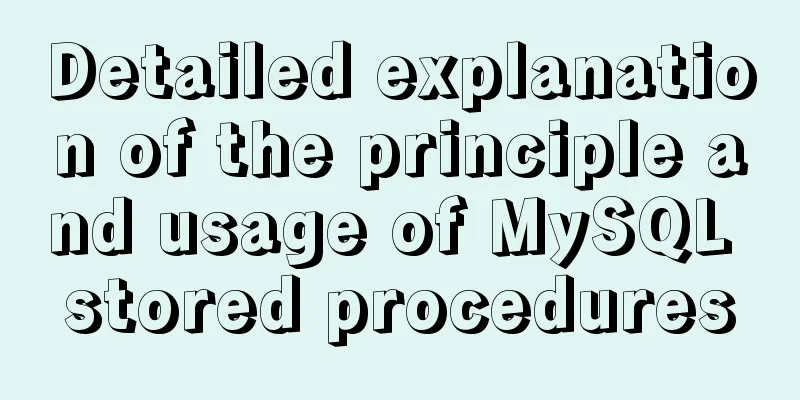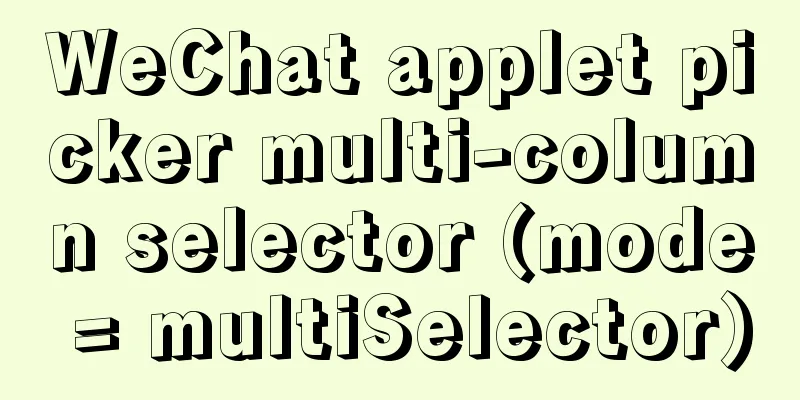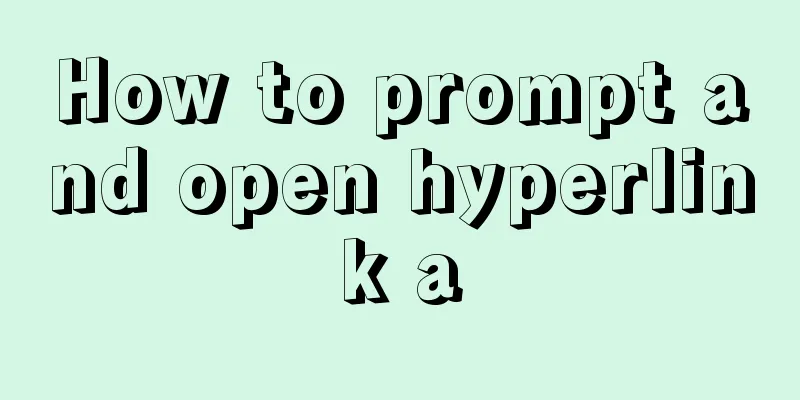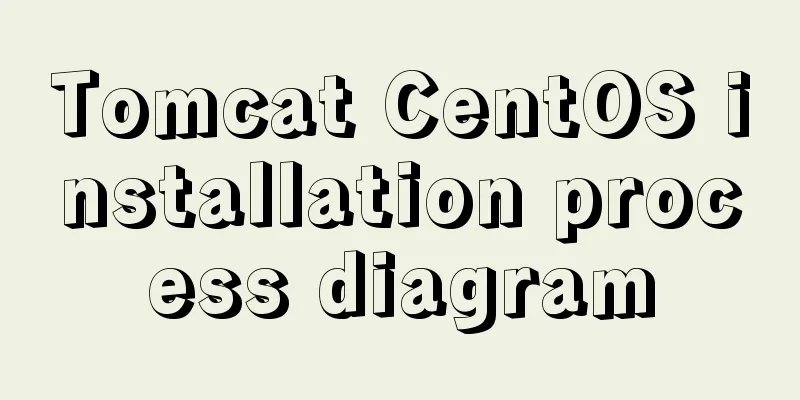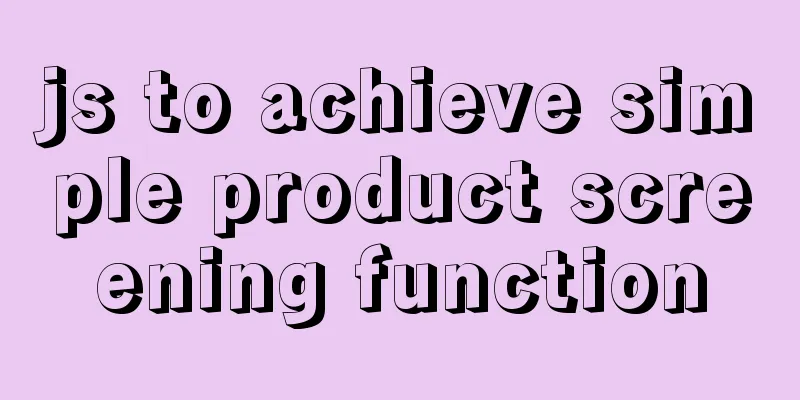The grid is your layout plan for the page

|
<br /> English original: http://desktoppub.about.com/od/grids/l/aa_gridsorder.htm Grid is your plan for page layout .<br />Many pages you see in daily life have grids. You may not notice it, but it is there and supports the design content, establishes the overall structure, and guides the elements of the page. A grid is an invisible framework that guides the placement of various elements on your page. The grid doesn't appear on the printed page, but it has a huge impact. It controls the width of text columns, the consistency of white space around photos, and the fixed position of recurring elements on each page of a magazine. A grid is a series of guidelines that determine the margins of your printed material, the spacing between page elements (headlines, body copy, photos, etc.), and how they should be placed on a blank page. Before deciding whether or how to use a grid, you should understand some basics of grids and how to create them. Although the grid won't be visible in the final printed product, you'll want to be able to see it while you're building the page. There may be "Margins" set in your page layout. These edges may appear on the screen as light-colored solid or dashed lines. The top, bottom, left, and right margins form a box in the middle of your page. You will use this as a base point to build your cells. Create multiple cells by dividing the page into several equal parts. You can create visible grids to assist with page layout: your page layout software has a guide feature, or you can draw borders or boxes on a non-printing layer. Usually you can "drag" a guide line from the ruler next to the page and place it where you need it.  Grid and Margins Grid and MarginsMargins determine the outer boundaries of a page. They surround your page content like a picture frame. Margins are not necessarily equal on all sides, but are usually consistent from page to page or from panel to panel (within the same publication). In most programs, you set margins when you set the page format (size specifications). In some programs, you can even adjust the margins "in real time" by dragging the borders on the screen. Grids and Alleys <br />When you divide the interior space of a page (the page center) into several equal parts, the white space between each unit is called "alley". The direction of the columns can be horizontal, vertical, or both, depending on your grid settings. In some design software, this is also called white space or the "gutter" of a text column. Grid and Padding <br />When two pages or two panels are spread out, the internal margins are called "gutters", which are the margins on both sides of the center seam. In some typesetting software, the gap between two text columns is also called a "gutter". Grid cells <br />Grid cells are the basic coordinates on which you place text and images on a page. It determines "placement" rather than "size". This means that if you have an image that is larger than the grid cell, you can still use it. You can use grid cells to help you scale your image to fit 1, 2, 3, or more grid cells and then position it on the page. Grids provide visual organization Grids have different applications, but they are not suitable for every design or every person. Grids are almost indispensable for publications such as magazines and newsletters. The grid adds a sense of continuity between pages and greatly speeds up the design process. Designers don’t need to plan the layout and design of each page “from scratch”. In a series of separate but related pieces of printed material, such as a series of posters or a series of flyers for an advertising campaign or product line, a common grid can help unify the overall look of the series of separate pieces of printed material. There are often multiple independent elements in a printed material (text blocks, headlines, photos, charts), and the grid will help you organize these page elements in an orderly manner. |
<<: Graphical explanation of the underlying principle of JavaScript scope chain
>>: Detailed explanation of CSS sticky positioning position: sticky problem pit
Recommend
Core skills that web front-end development engineers need to master
The content involved in Web front-end development...
js implements a simple method of encapsulating jQuery and a detailed explanation of chain operations
Table of contents 1. Implement the $(".box1&...
Detailed explanation of the idea of implementing dynamic columns in angularjs loop object properties
Angularjs loop object properties to achieve dynam...
MySQL Series 3 Basics
Table of contents Tutorial Series 1. Introduction...
How to configure CDN scheduling using Nginx_geo module
Introducing the Geo module of Nginx The geo direc...
Detailed steps for installing and configuring MySQL 8.0 on CentOS
Preface Here are the steps to install and configu...
Practice of implementing custom search bar and clearing search events in avue
Table of contents 1. Customize the search bar con...
Node.js solves the problem of Chinese garbled characters in client request data
Node.js solves the problem of Chinese garbled cha...
Explanation on the use and modification of Tomcat's default program publishing path
The default program publishing path of tomcat7 is...
js code to realize multi-person chat room
This article example shares the specific code of ...
Basic HTML directory problem (difference between relative path and absolute path)
Relative path - a directory path established based...
Mysql 5.7.18 Using MySQL proxies_priv to implement similar user group management
Use MySQL proxies_priv (simulated role) to implem...
mysql installer community 8.0.16.0 installation and configuration graphic tutorial
mysql installer community 8.0.16.0 installation g...
Detailed understanding and comparative analysis of servers Apache, Tomcat and Nginx
1 Question The company's server uses Apache, ...
